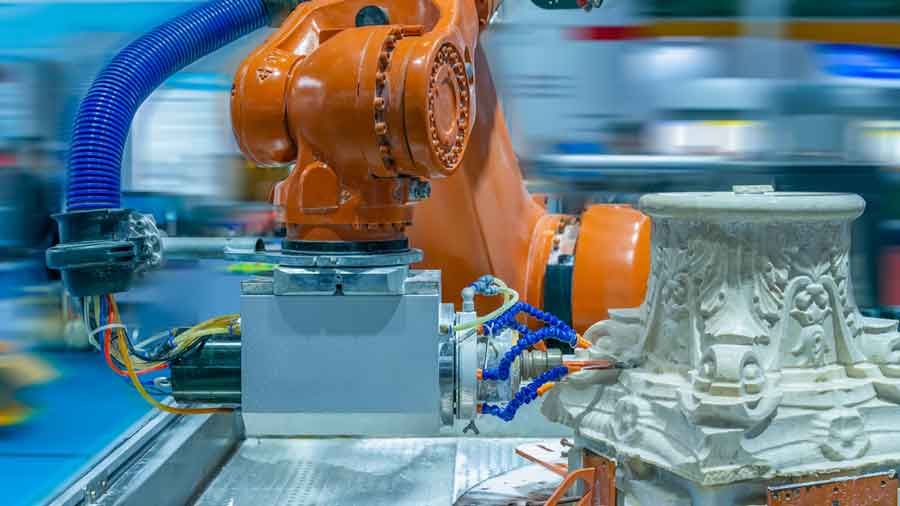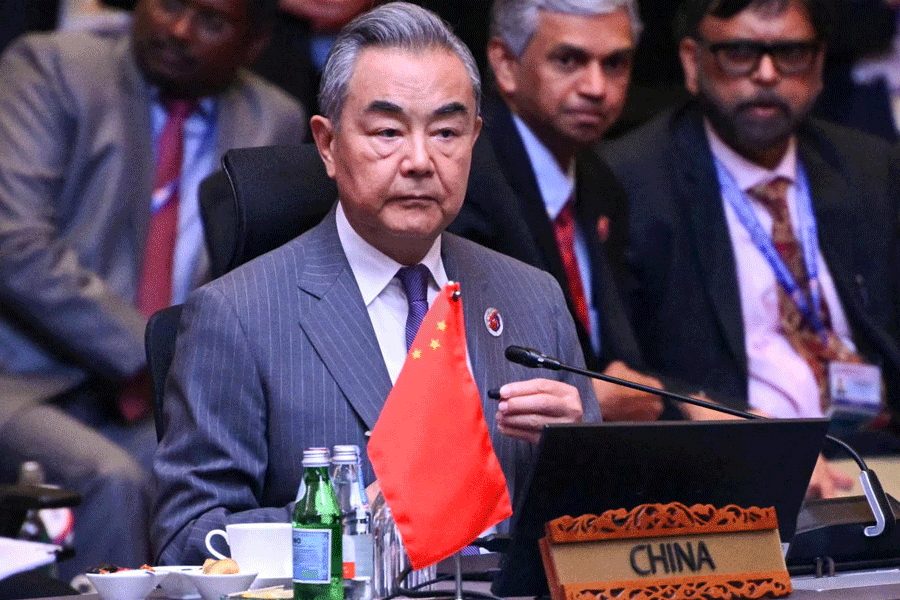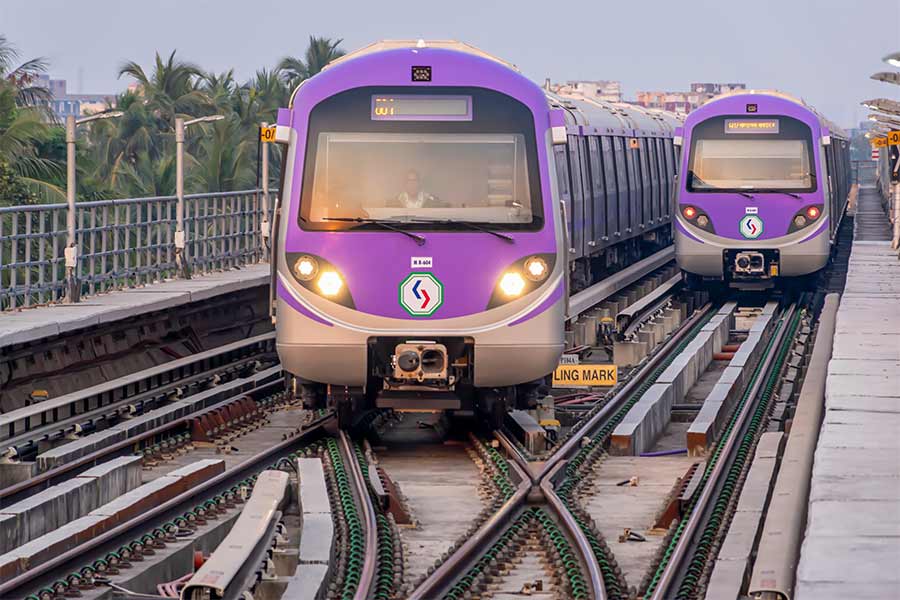Robots with artistic sensibilities have been around for a while. Computers powered by artificial intelligence can not only respond like human beings under specific circumstances — the test Alan Turing set years ago — but they have also been composing music, writing poetry and painting pictures. “For the Bristlecone Snag”, an AI-produced poem — no, it is not “Jabberwocky” — was born of a 2011 program for auto-generated poetry. It passed the Turing test with flying colours by being published in a literary journal. Christie’s auction house sold an AI-made artwork in New York City at $432,000 in 2018, and the first solo painting exhibition by an AI-powered robot named Ai-Da was held in Oxford in 2019. Her human-like features and slightly disconcerting conversation may have suggested that the line between machines and humankind was being gradually obliterated — however eerily — but now AI-powered robots that make sculptures have taken this blurring in another direction.
That is happening in Italy. Its Carrara marble, used in Renaissance and neoclassical sculptures, fell out of favour with later artists partly because of the time it takes for chisel and hammer to discover the shape hidden in the marble that Michelangelo sought. But it is back again, thanks to AI-powered robotic arms — with engineers in the background — that have given a fillip to the country’s most valued export. The founders and employees of the robot-producing company are convinced that Italy’s art exports need this technological boost. Well-known artists are commissioning the robots to execute the hard work of giving their design shape, to which human hands will give the finishing touches. What once took a sculptor years is being accomplished in days by ABB2 or Quantek2. Is this any different from the artist’s workshop in Renaissance times that had apprentices and artisans toiling away at the artist’s design while the master bestowed it with his unique touches and, ultimately, his name? Technology seems to be repeating history more efficiently and more lucratively all round.
But is it repetition? The old workshops produced great artists from among their apprentices; will the robots become creators independent of their programmers? AI raises challenging questions about imagination, creativity and the humanness of art. Old issues are being thrashed out again: the relationship between perceiving and imagining, for example, or what creativity implies. Definitions may evolve, but can art be produced without intentionality? Or is the AI-powered robot carving the leaves of a cabbage with its diamond-coated finger itself the most beautiful creation, as one engineer remarked? Whatever the future holds, the experience of artists today suggests that the artistically inclined robot can be an excellent collaborator — with practical benefits for sculptors, apparently — while opening up new horizons of freedom and experimentation for the musician or painter. Maybe the collaborative aspiration, in the words of “For the Bristlecone Snag”, is towards “a sweet-smelling diamond architecture/ that does not know why it grows.”











